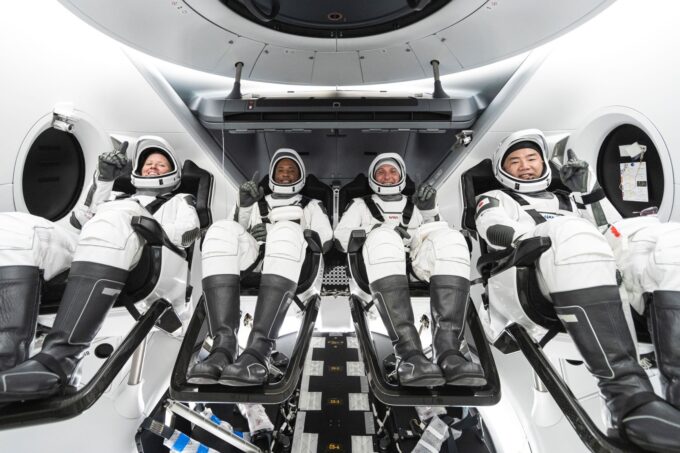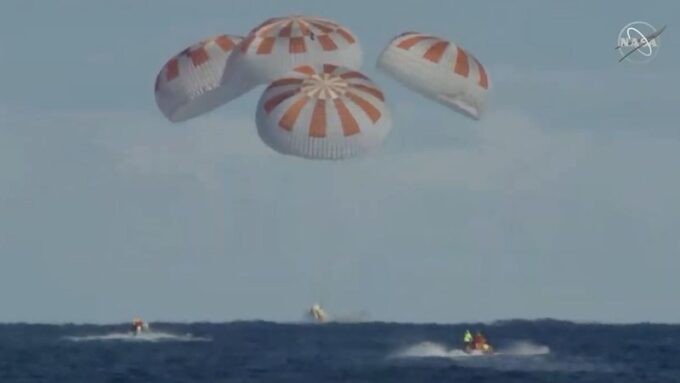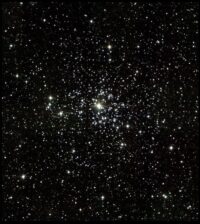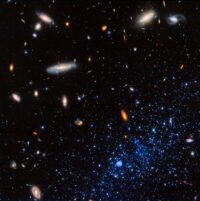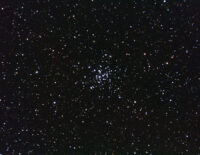Home
ISS
ISS
Esplorazione spaziale  marco
marco
Crew Dragon ha attraccato alla Stazione Spaziale Internazionale
Un’altra pagina di storia dell’esplorazione spaziale è stata scritta: la navicella spaziale Dragon di SpaceX ha attraccato al modulo Harmony della Stazione Spaziale...
Esplorazione spaziale  marco
marco
Atterrata con successo la capsula Dragon di SpaceX
Un altro momento storico per la NASA e l’esplorazione umana! La capsula Dragon era attraccata alla Stazione Spaziale Internazionale dal 31 maggio, il...


